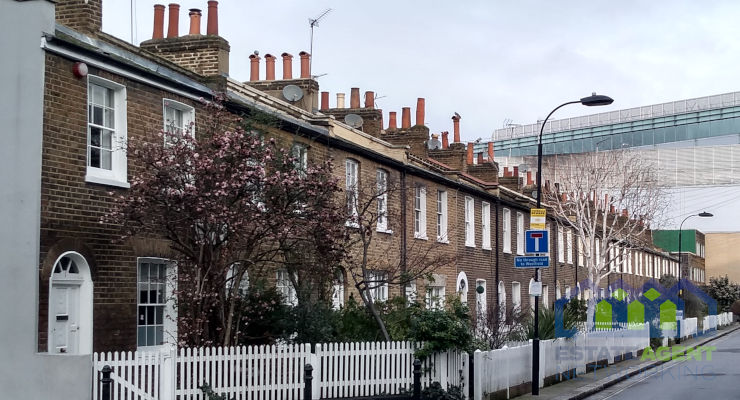Why Hiring an Architect is Essential for Large-Scale Projects
An architect is always necessary whenever one considers a large project, either a commercial building, a multi-residential complex, or public structure. Architects bring skill, vision, and functionality into every project so that, aside from beauty, it must be safe, efficient, and compliant with regulations. That is why hiring an architect is very essential in a large-scale project.
1. Architects Give Professional Planning and Design
Large-scale projects involve space utilization, aesthetic appeal, among many other challenges. Architecture professionals are trained to deliver these challenges. They have knowledge of how to give a balanced design that accommodates the needs of the clients and meets the constraints within which the project has been set, budget, site conditions, or environmental factors.
The architects can ease seeing the bigger picture in terms of planning. They can introduce new designs to the project while still keeping the flow of the entire process from beginning to end.
2. Building Code Adherence
Major ingredients with respect to any large projects are such as they should be in full consonance with the local building codes and regulations. For this reason, architects always know the legal and safe standards to which your projects should be in consonance.
In case of lack of observance of those regulations, there may accrue fines, delays, even risks to the structure as well. An architect has ensured that the project follows such compliance at every stage while saving time and money afterwards.
3. Resource Optimization
Massive projects have massive budgets, but that does not mean resources must go to waste. Architects top the list when it comes to optimizing resource efficiency, from materials to labour. They choose sustainable, long-lasting materials and energy-efficient designs that cut down on operational costs.
They collaborate with contractors and engineers to ensure that the materials and manpower are utilized optimally and that no unnecessary expenses are incurred.
4. Creative Problem-Solving
Every project, whether major or minor, comes with some kind of unforeseen problem. Whether it has to be a design difference or site limitation or budget constraints, architects with their creative solutions for such unseen problems will devise effective solutions for this.
For example, an architect may propose modular construction techniques while also providing alternative materials to have the project back on track. Since architects are flexible innovators, a project finds itself within its scope in such a way that never compromises in terms of quality.
5. Aesthetics and Functionality Alignment
A big project needs to be like the symphony of aesthetics with some practicality. Architects very rightly bring in both types in their designs, in visual as well as those, which are practical or working.
For instance, in an office building, architects consider the how people might navigate within and around the space and in this regard, incorporating considerations of accessibility, natural light, and ventilation. Here, they are primarily concentrating on the needs of end-users, so the design makes sense for use under actual circumstances.
6. Good Project Management
The architects are project managers of large projects. They are to be liaisons between the client, the contractors, and all other stakeholders in order to maintain proper communication and alignment regarding the goals of the project.
From conceptualization to actual execution, architects oversee each stage of the process. They draw up detailed blueprints, watch over the construction, and attend to problems that are unforeseen, all ensuring the smooth flow of the project and keeping it on schedule.
7. Cost Control and Budget Management
While hiring an architect may seem like an added cost, in the long term, it is well worth the investment. Architects work to keep costs under control by making accurate estimates and preventing costly mistakes while searching for cost-effective materials and solutions.
Planning is minute so that every pound spent gives value to the project. This way, unnecessary spending or last-minute changes would not derail budgets.
8. Sustainability and Energy Efficiency
Sustainability is a recent emerging issue in modern construction, especially concerning large projects. Green designers are right at the heart of them, where architects will design and draw a plan that focuses on environmental friendliness along with energy efficiency techniques.
From renewable materials to green building systems, architects reduce the carbon footprint of the project. Apart from being environmentally friendly, these designs also last for a long time and save energy and maintenance costs for years.
9. More Value and Longevity
Any mega-project has the value of expertise in it. A well-designed building is not only aesthetically beautiful but also more durable and adaptable to future needs.
Architects are thinking about long-term use of the structure. That way, the structure is maintained functional and relevant for years. The overall value of the project increases, making it a good investment for developers and stakeholders.
10. Risk Mitigation
The risks involved in massive projects range from structural matters to legal issues. Through comprehensive planning, site analysis, and quality control, architects mitigate these risks.
Through them, the chances of a miscalculation or leaving anything out are reduced significantly to ensure that the whole project will meet all stipulations and will be absolutely safe for use.
There is a need for giant projects to be worked out, and the accuracy along with the expertise can be sought only from architects, whose role ranges from design and resource optimization to getting by through regulations.
You are hiring a partner whom you can trust, who guides and ensures that a project will run on time and budget yet of the very highest quality for the money that has gone into it. If an individual is serious about building a structure of some proportion, then it doesn’t make sense but rather is highly necessary to invest in a central London architect.









